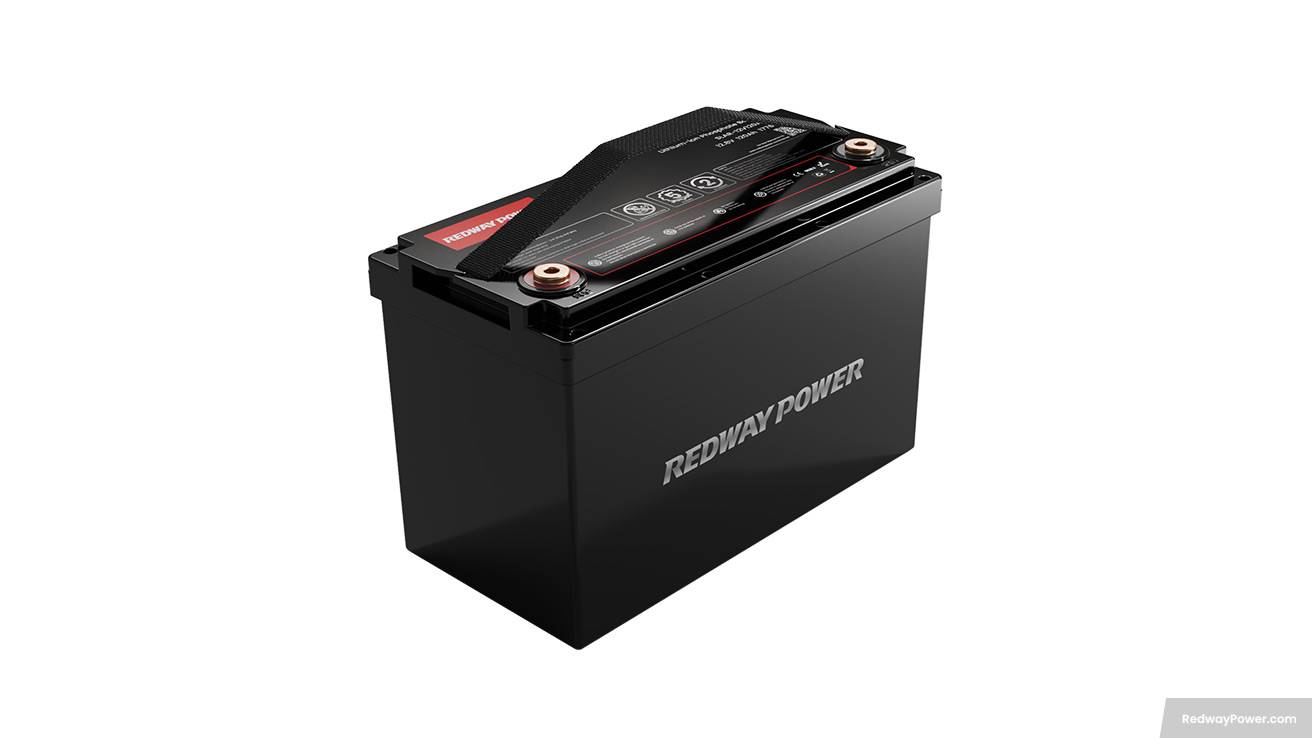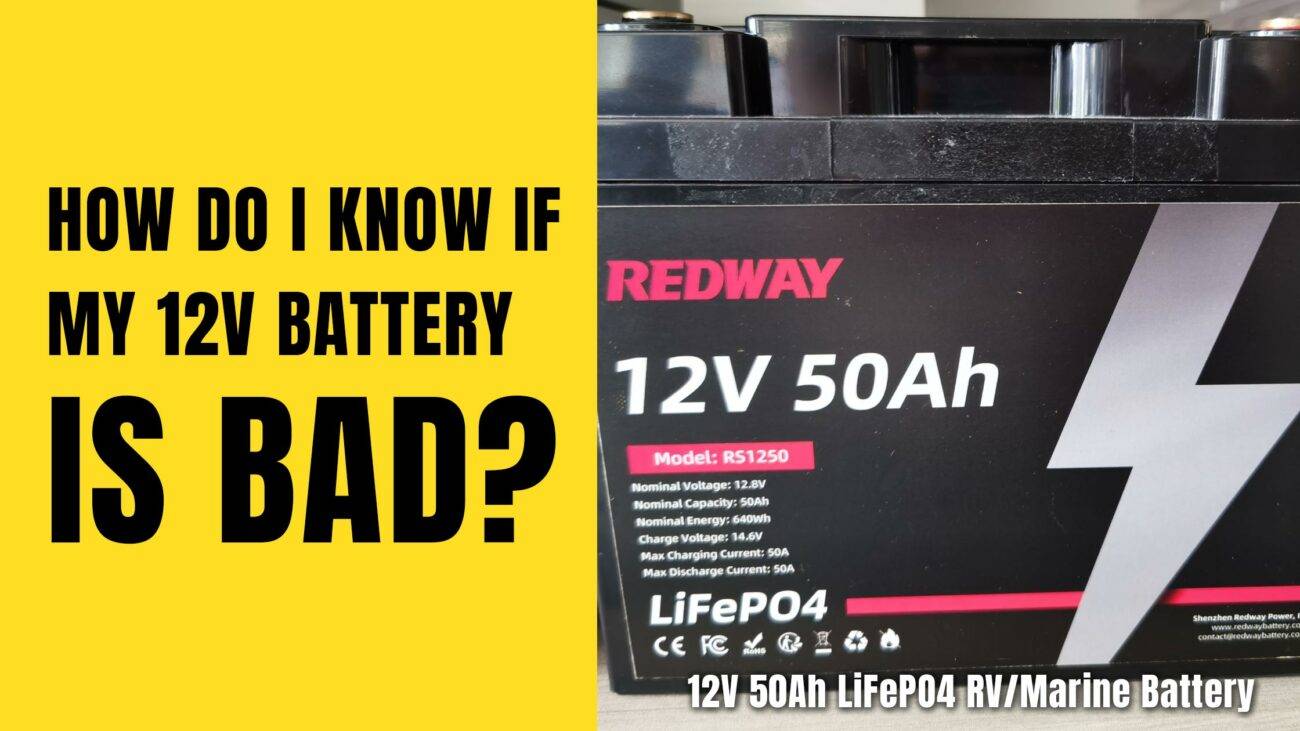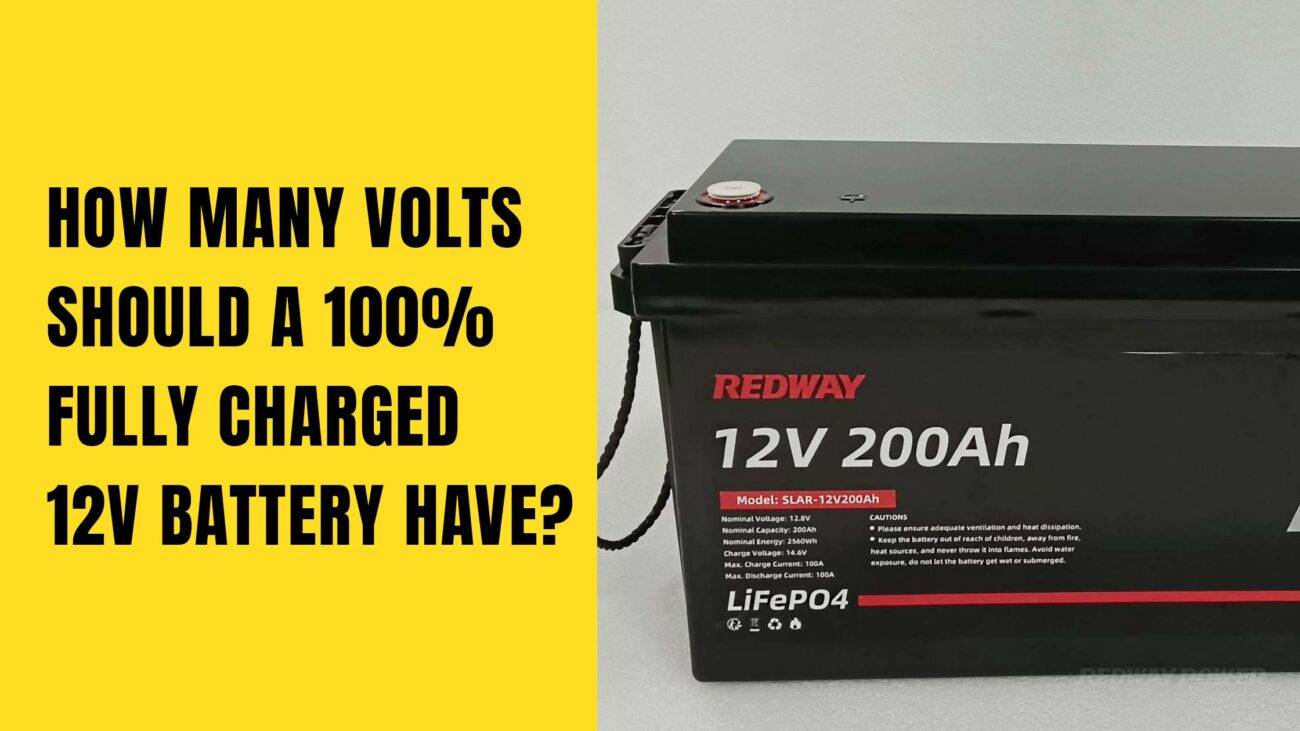
Blog
What Voltage Should a Fully Charged 12V Battery Read?

A fully charged 12V battery should read between 12.6 and 12.8 volts. This voltage range indicates that the battery is at its optimal capacity, ready to provide power efficiently. Regular monitoring of voltage levels is essential for maintaining battery health and performance.
What Is the Ideal Voltage for a Fully Charged 12V Battery?
The ideal voltage for a fully charged 12V battery typically falls between 12.6 and 12.8 volts when at rest. At this voltage, the battery is considered fully charged, meaning it can deliver its maximum power capacity effectively.Chart: Voltage Levels for a Fully Charged 12V Battery
| Voltage Reading | Charge Level |
|---|---|
| 12.6 – 12.8 V | Fully Charged |
| 12.4 – 12.5 V | Approximately 75% |
| 12.3 V | Approximately 50% |
| 12.0 – 12.2 V | Approximately 25% |
| Below 12.0 V | Discharged |
How Can You Measure the Voltage of a 12V Battery?
To measure the voltage of a 12V battery, follow these steps:
- Gather Tools: Use a multimeter set to measure DC voltage.
- Connect Probes: Attach the positive (red) probe to the positive terminal and the negative (black) probe to the negative terminal.
- Read Measurement: Observe the voltage reading displayed on the multimeter.
This method provides an accurate assessment of your battery’s charge level.
What Are the Signs of a Fully Charged Battery?
In addition to voltage readings, there are other signs that indicate a fully charged battery:
- Indicator Lights: Many modern batteries have built-in indicators that show charge status (e.g., green light for fully charged).
- Performance: A fully charged battery will power devices efficiently without any noticeable drop in performance.
- Stability: The battery should not exhibit any swelling or leakage, which can indicate overcharging.
Why Is It Important to Monitor Voltage Levels?
Monitoring voltage levels is crucial because:
- Prevention of Damage: Regular checks help prevent overcharging or deep discharging, both of which can damage the battery.
- Extended Lifespan: Keeping track of charge levels allows users to maintain optimal health, increasing the overall lifespan of the battery.
- Reliable Performance: Ensuring that the battery is adequately charged guarantees that devices will operate effectively when needed.
How Do Different Battery Types Affect Charge Voltage?
Different types of batteries have varying characteristics regarding their full charge voltages:
- Flooded Lead-Acid Batteries: Typically reach full charge at around 12.6 – 12.8 volts.
- AGM Batteries: Generally show full charge at about 13.0 – 13.2 volts.
- Gel Batteries: Often indicate full charge at approximately 13.5 – 13.8 volts.
Understanding these differences is essential for accurately assessing each battery type’s state of charge.Chart: Full Charge Voltages by Battery Type
| Battery Type | Full Charge Voltage Range |
|---|---|
| Flooded Lead-Acid | 12.6 – 12.8 V |
| AGM | 13.0 – 13.2 V |
| Gel | 13.5 – 13.8 V |
What Should You Do If Your Battery Reads Below the Ideal Voltage?
If your battery reads below the ideal voltage, consider taking these actions:
- Recharge Immediately: Use an appropriate charger designed for your battery type.
- Check Connections: Ensure that all connections are secure and free from corrosion.
- Monitor Regularly: Keep an eye on voltage readings to prevent future undercharging.
Regular maintenance helps prolong battery life and performance.
Tips for Battery Wholesale Buyers
When purchasing batteries wholesale or making OEM orders, it’s crucial to choose a reliable manufacturer like Redway Power, which has over thirteen years of experience in lithium battery manufacturing. They offer various lithium-ion products that serve as excellent alternatives to lead-acid batteries. To make OEM orders effectively:
- Research potential suppliers thoroughly.
- Request samples to evaluate quality.
- Discuss customization options based on your needs.
- Ensure clear communication regarding specifications and delivery timelines.
Redway Power Expert Views
“Understanding what constitutes a fully charged state for your 12V battery is essential,” states an expert from Redway Power. “By regularly monitoring voltage levels and adhering to proper charging practices, users can significantly enhance their batteries’ performance and longevity.”
FAQ Section
- What voltage indicates a fully charged 12V battery?
A fully charged 12V battery typically reads between 12.6 and 12.8 volts. - How do I measure my battery’s voltage?
Use a multimeter by connecting probes to the positive and negative terminals and reading the display. - What happens if my battery reads below 12 volts?
A reading below 12 volts generally indicates that the battery is discharged and requires immediate charging. - Can different types of batteries have different full charge voltages?
Yes, various types (flooded lead-acid, AGM, gel) have specific full charge voltage ranges that differ from one another.
















